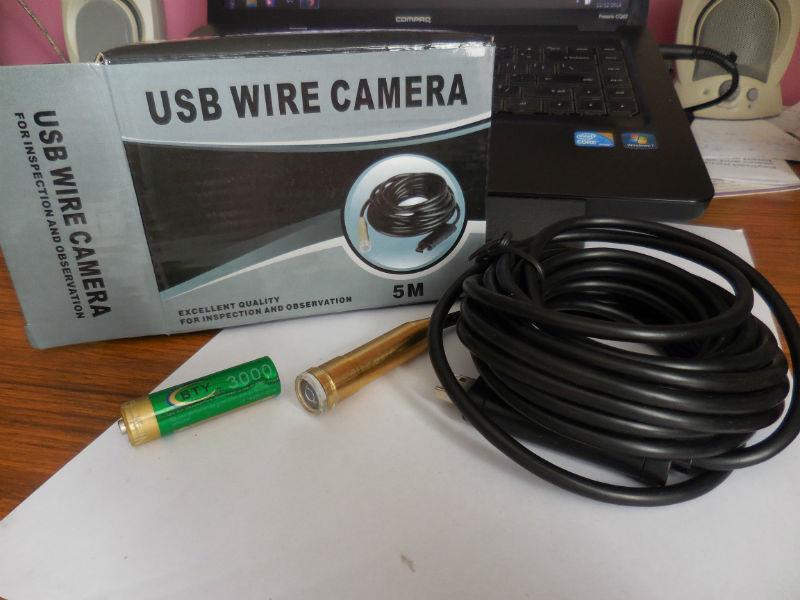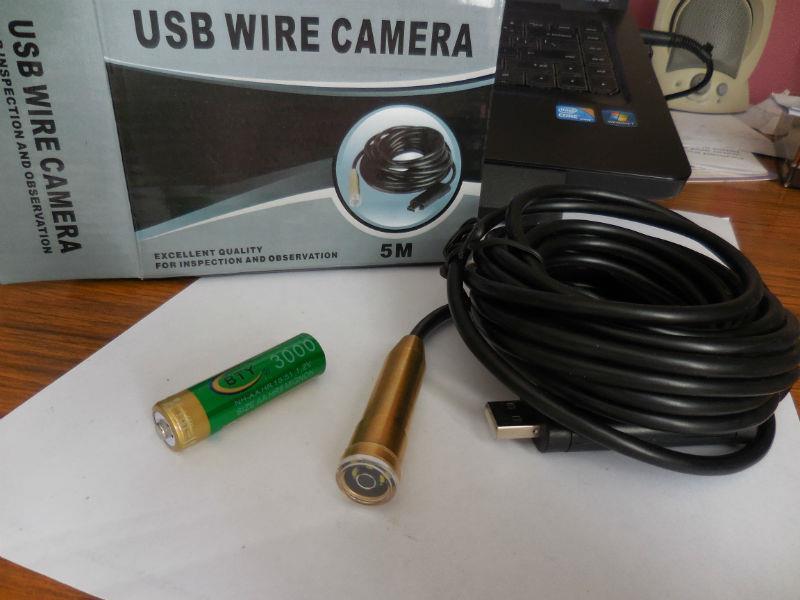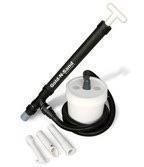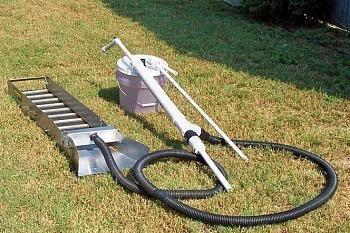ron
Ron Ludwig
Hi Folks,
I'm in a bit of a bind at a private farm where I/we go panning. I'd kindly appreciate ideas and comments from the Forum. The last thing I/we want to do is bugger up the creek so we are denied future access. All spoil is returned to the creek.
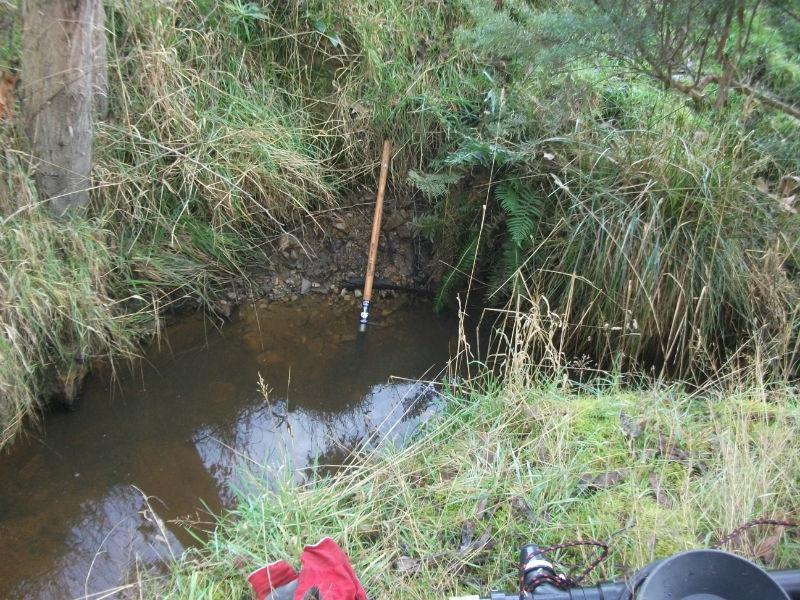
The shallow and narrow creek always provides fine gold in the same place in the bank 1'-2 ' below the water. There is a pebble, sandy and clay layer under the water with firm topsoil 4' above the water line to comprise the banks.
All gold has been dug and panned thus far. This does take time and the output is minimal. I have a Gold & Sand hand suction pump but I am not satisfied that this is suited for this spot. I have a sluice but this creek has a slow water-flow in this location. Perhaps another solution is modify the sluice to a highbanker?
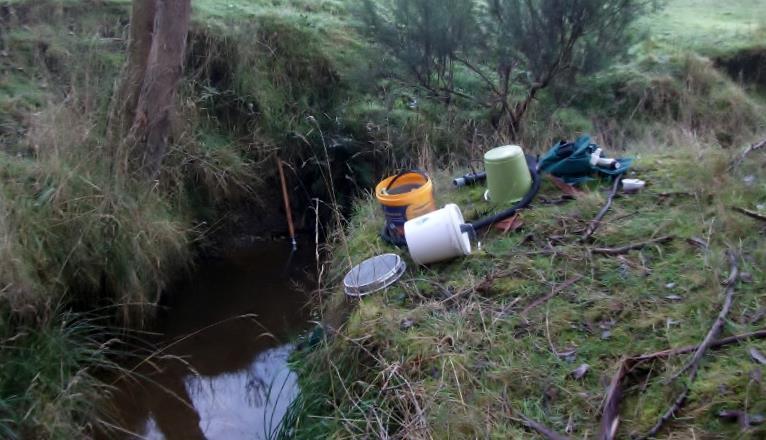
I am considering using a suction pump, a 12V system as it needs to be carried at least 200yds (can't get my generator in there). Perhaps a 12V suction pump with a higher capacity is available but I have looked without success.
Would my 2 x 500GPH bilge pumps hooked to car battery operate as a suction pump if i loosen the soil base during operation? Does anyone have a few fotos of their suction handle & equipment suitable for creek work that they would like to share?
Cheers
Ron
I'm in a bit of a bind at a private farm where I/we go panning. I'd kindly appreciate ideas and comments from the Forum. The last thing I/we want to do is bugger up the creek so we are denied future access. All spoil is returned to the creek.

The shallow and narrow creek always provides fine gold in the same place in the bank 1'-2 ' below the water. There is a pebble, sandy and clay layer under the water with firm topsoil 4' above the water line to comprise the banks.
All gold has been dug and panned thus far. This does take time and the output is minimal. I have a Gold & Sand hand suction pump but I am not satisfied that this is suited for this spot. I have a sluice but this creek has a slow water-flow in this location. Perhaps another solution is modify the sluice to a highbanker?

I am considering using a suction pump, a 12V system as it needs to be carried at least 200yds (can't get my generator in there). Perhaps a 12V suction pump with a higher capacity is available but I have looked without success.
Would my 2 x 500GPH bilge pumps hooked to car battery operate as a suction pump if i loosen the soil base during operation? Does anyone have a few fotos of their suction handle & equipment suitable for creek work that they would like to share?
Cheers
Ron





